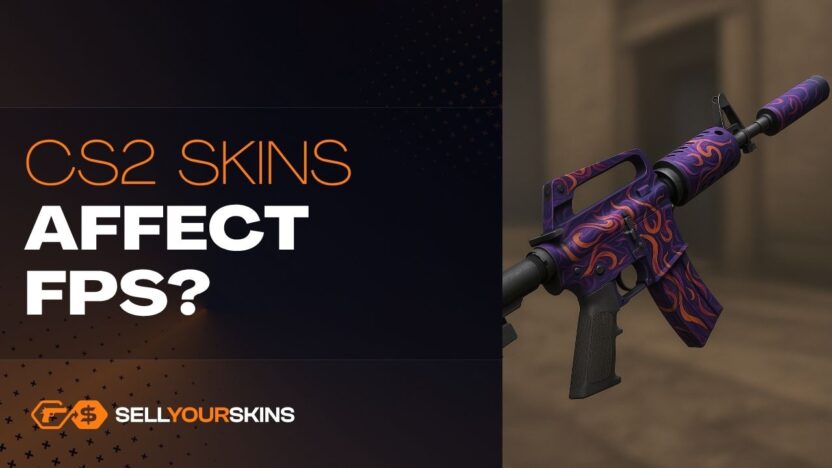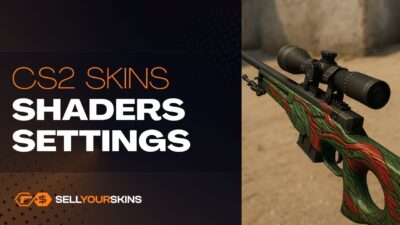In the world of Counter-Strike 2, many myths surround skins – one of the most common being the belief that skins affect game performance and FPS. Some players claim that more expensive, detailed skins lower frame rates, while others notice no difference at all. So what’s the truth? Let’s take a closer look at the facts and the technical foundation of how CS2 works.
A Skin Is Just a Texture – It Doesn’t Change Game Mechanics
Skins in CS2 are purely cosmetic. They have no impact on damage, recoil, accuracy, or reload speed. Contrary to popular myths, no skin gives an advantage or alters weapon balance. Each one is simply a graphical overlay – a texture applied to an existing 3D weapon model. From a technical standpoint, the rendering system treats all skins the same, whether you’re using a basic AK-47 | Safari Mesh or a shiny AWP | Dragon Lore. This means that the presence of a skin doesn’t strain your CPU or GPU in any meaningful way that could noticeably affect FPS.
Can a Skin’s Appearance Affect Performance? Theoretically Yes – But Barely
CS2 runs on the new Source 2 engine, which handles high-resolution textures much more efficiently. Skins vary in complexity – some have simple matte finishes, while others feature light reflections, metallic surfaces, or animated effects (like “Case Hardened” or “Doppler” knife skins). In theory, these differences can slightly affect how textures are rendered, but the impact is negligible. Benchmarks show that even in extreme cases, the FPS difference between simple and complex skins is less than 1 frame per second – an unnoticeable margin regardless of your hardware. In other words, if your performance drops, it’s not because of skins, but due to other factors like graphics settings, high resolution, full VRAM, or background system processes.
When Can Skins Actually Affect Performance?
The only real situation where skins can indirectly influence FPS is when a large number of items are rendered at once. This can happen on community servers or in custom game modes where dozens of players appear simultaneously with highly detailed skins. In such cases, the graphics card must process more unique textures at the same time. However, even in these scenarios, the new CS2 engine efficiently buffers textures and optimizes VRAM usage, so any performance drops are minimal. In official ranked matches or Premier mode, such issues are virtually nonexistent.
The “Lagging Skins” Myth – Where Did It Come From?
This myth usually stems from unstable servers or Steam synchronization errors. When lag occurs, some players mistakenly blame newly equipped skins. In reality, it’s a network issue, not a graphical one. In CS:GO, there were occasional problems with texture caching that could cause brief stutters when loading a skin for the first time. In CS2, this issue has been almost completely eliminated – the Source 2 engine loads and buffers models much more efficiently. Skins in CS2 are purely aesthetic, not technical. They don’t affect mechanics, performance, or gameplay smoothness. Whether you use basic or high-end skins, your FPS remains virtually the same.
Still, it’s worth remembering that some rare skins can have tremendous market value – and while they won’t impact your match outcome, they can certainly affect your wallet. If you want to safely cash out your items, use SellYourSkins. Our system automatically appraises your inventory and lets you withdraw real money after a short holding period. Because while skins won’t boost your FPS, they can definitely boost your profits.



